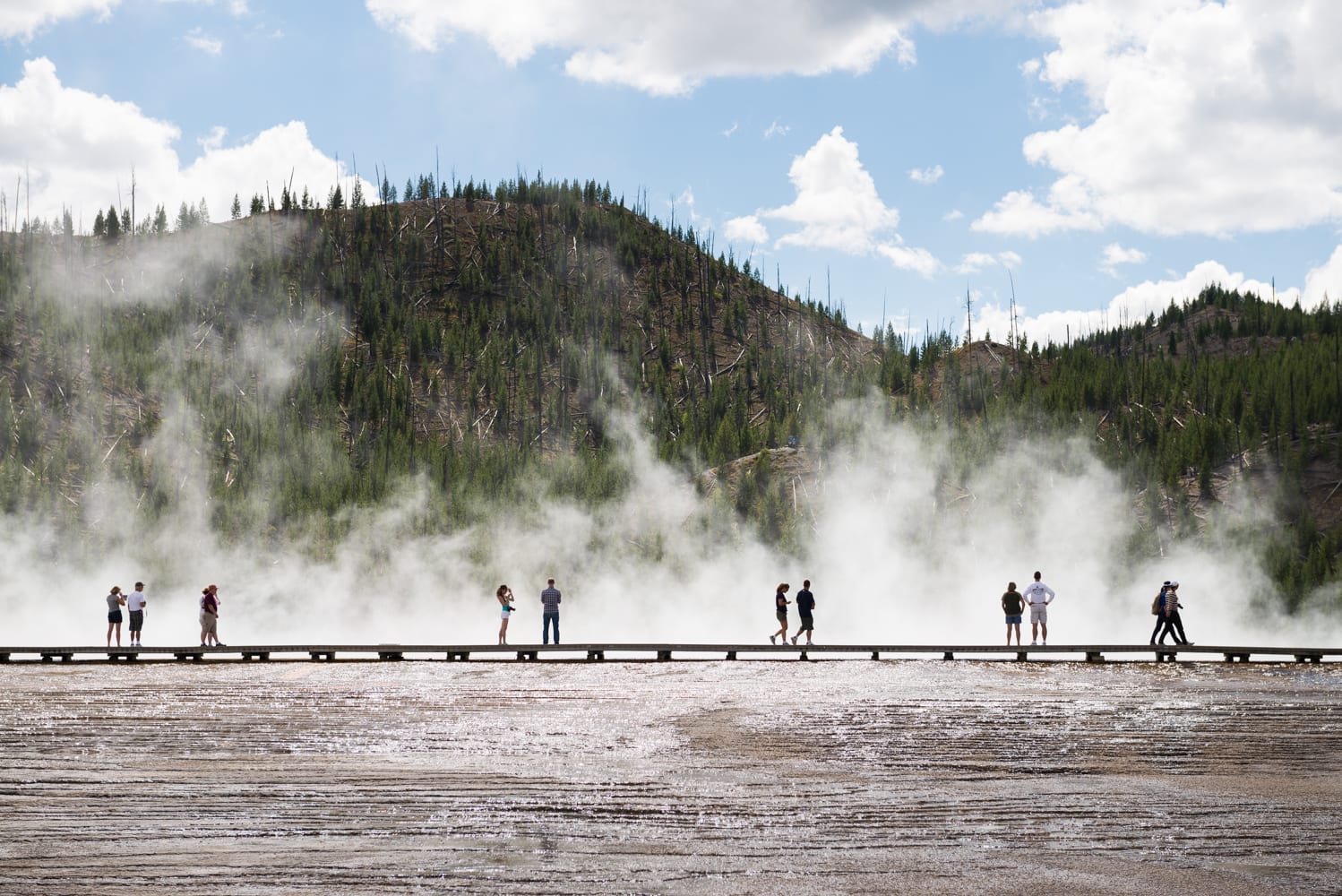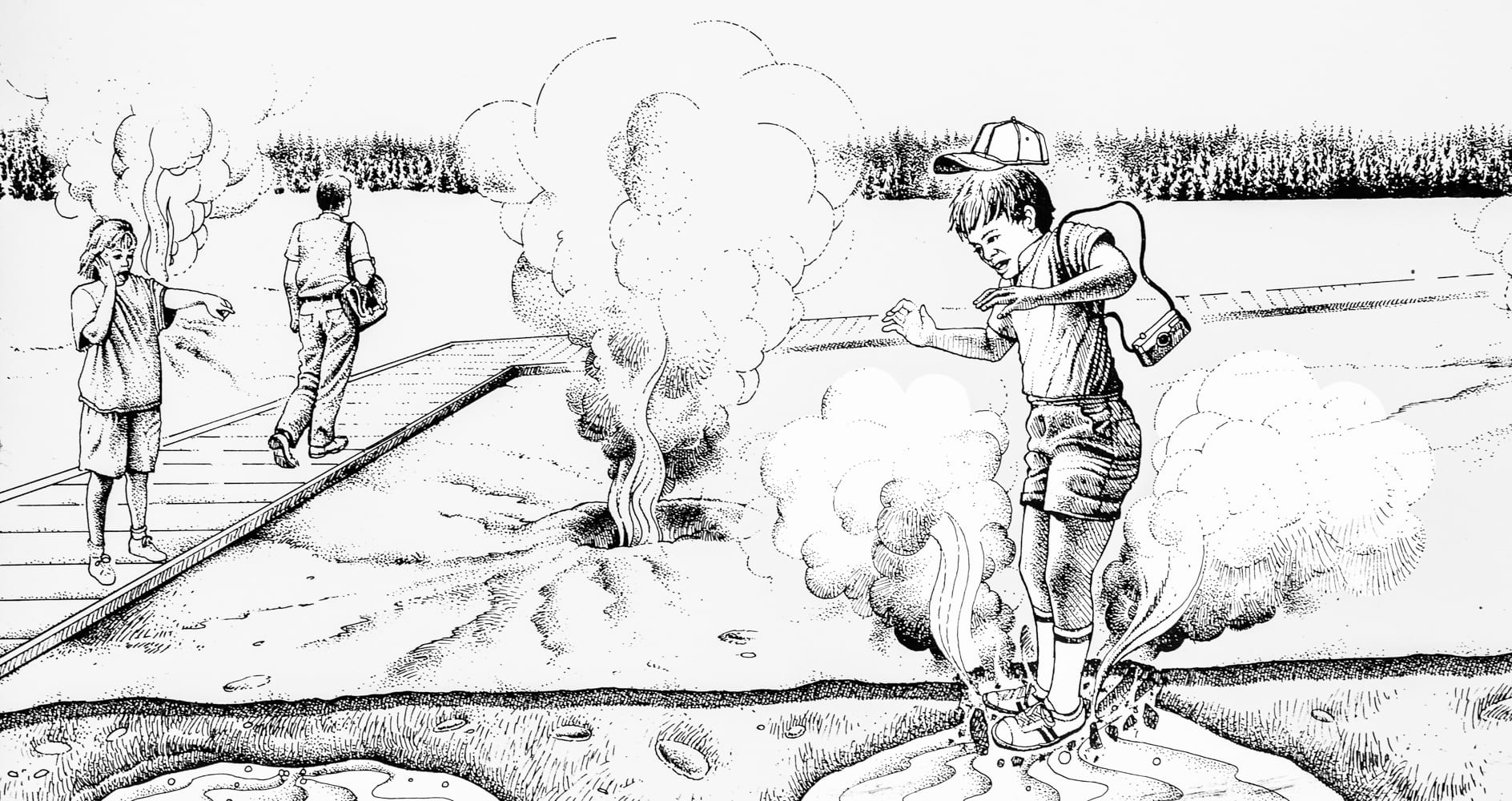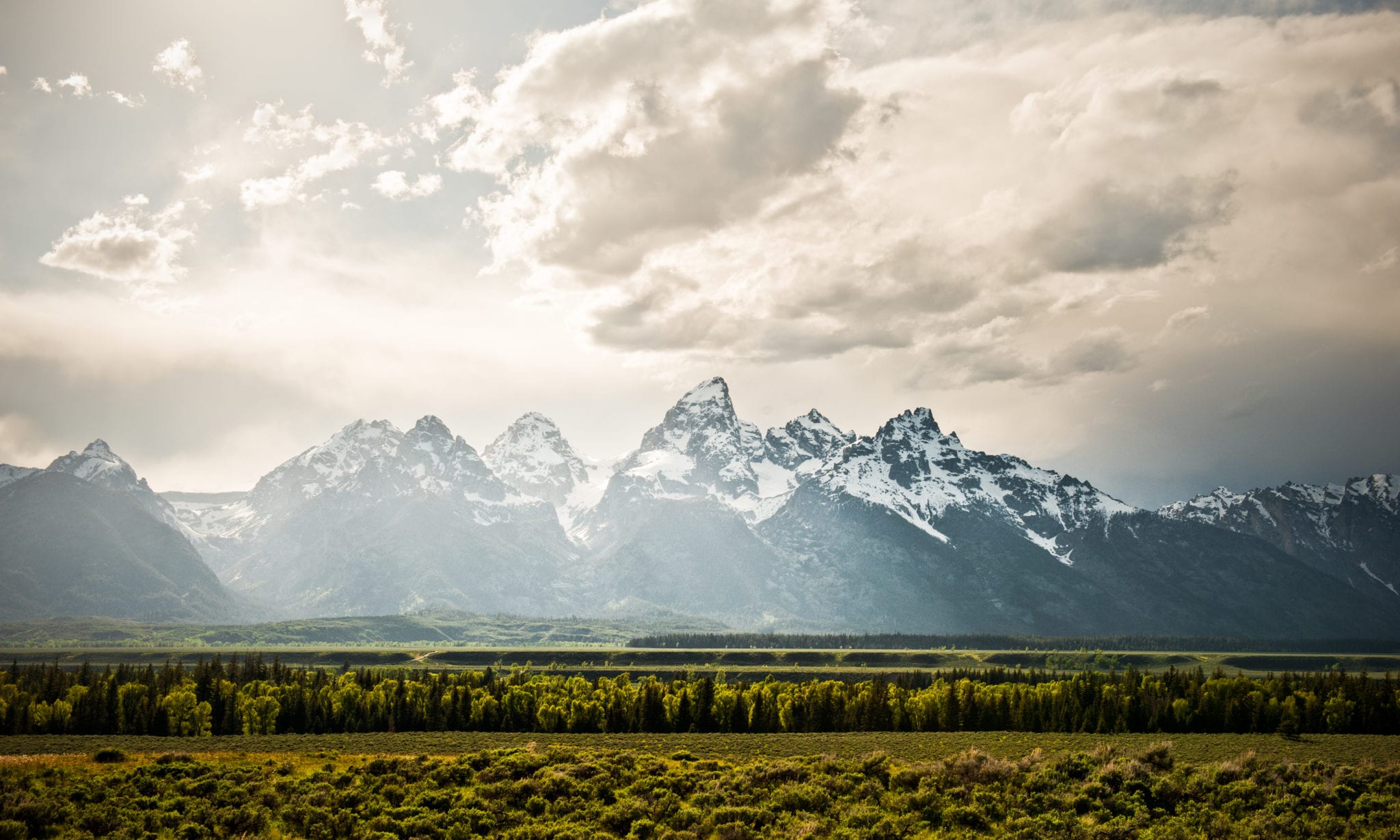With two of the country’s most celebrated national parks as our neighbors to the north, it’s easy to see how a culture of ecological stewardship and preservation guides local thinking. Philosophies such as “take only pictures, leave only footprints” and Leave No Trace are embraced by locals within Yellowstone and Grand Teton National Parks as well as in the expansive wild areas that surround them. Here, we appreciate that a healthy environment is one whose natural integrity is left as untouched as possible by human hands.

Oftentimes, an ecological conscience and passion for this stewardship is easy to foster. We fight for the rights of grizzly bears – an essential top predator – to live unhindered by trophy hunters. We rally against destructive fracking on our public lands. We leave the wildflowers and trees where they belong, growing strong from their native soil.
However, these ethics can also be difficult to live by at times. It means we have to stay away from or miss out on things we might like to do because we know that our actions could be destructive. For instance, despite tempting powder, we stay out of crucial areas of the backcountry in winter when wildlife is battling to make it to another spring. We respect boundaries set by Park personnel so that the wondrous natural features and animals the parks protect will be there, whole and healthy, for tomorrow’s visitors to enjoy. And, as truly heart-wrenching as it can be when, say, the life of a baby animal seems tenuous, we do our best not to interfere in the natural cycles of life and nature. We also don’t recklessly retaliate against predators with whom we share this land, like coyotes and wolves, simply for being the carnivores they are.

Here are a few tips to explore and appreciate Jackson Hole like a local. Not only will they keep you safe, they’ll make sure the amazing things you’re here to see will be around when you come back next time:
- Slow down and stay aware when you’re driving on park roads – neglecting to do so can end in injury or death to wildlife or other visitors.
- Remember that posted regulations and warnings are there for good reason, and whether it’s your first time to the area or your fiftieth year living here, they apply to you.
- Keep a healthy distance from wildlife and don’t feed animals, either on purpose or unintentionally leaving food scraps behind.
- Walk, explore, play, and camp in designated areas only; closures are in place for good reason.
- Leave “collectible” treasures – such as rocks, flowers, bones, fallen branches, artifacts, etc. – where nature put them so that other visitors can also enjoy them and so they can exist in the natural cycle as they are meant to.
- Dispose of trash, including pet waste, only in designated receptacles, and recycle whenever you can.
- Carry bear spray, even if you’re sticking to the frontcountry.
- Keep pets on a leash in National Parks, and make sure off-leash pets elsewhere don’t harass wildlife.
- Minimize campsite modifications and campfire impacts, and be highly aware of fire conditions in the area.
- Be respectful of wildlife and other visitors by following proper etiquette, including minimizing noise and rambunctious behavior.
We here in the Greater Yellowstone Ecosystem live in the midst of profound and ancient natural forces. Sometimes these forces do take their toll on us, but in the bigger picture, they are what sustain us. Existing in the midst of them, as part of them, is what makes life here so special, and to love this place is to respect and protect it.
For more information, visit these websites: Leave No Trace https://lnt.org/ ; Grand Teton National Park https://www.nps.gov/grte/index.htm ; Yellowstone National Park https://www.nps.gov/yell/index.htm ; Bridger-Teton National Forest http://www.fs.usda.gov/btnf ; Bureau of Land Management, Wyoming http://www.blm.gov/wyoming1/


Images © Taylor Glenn
